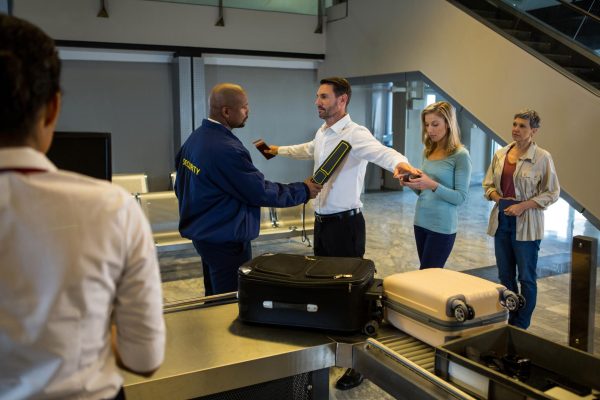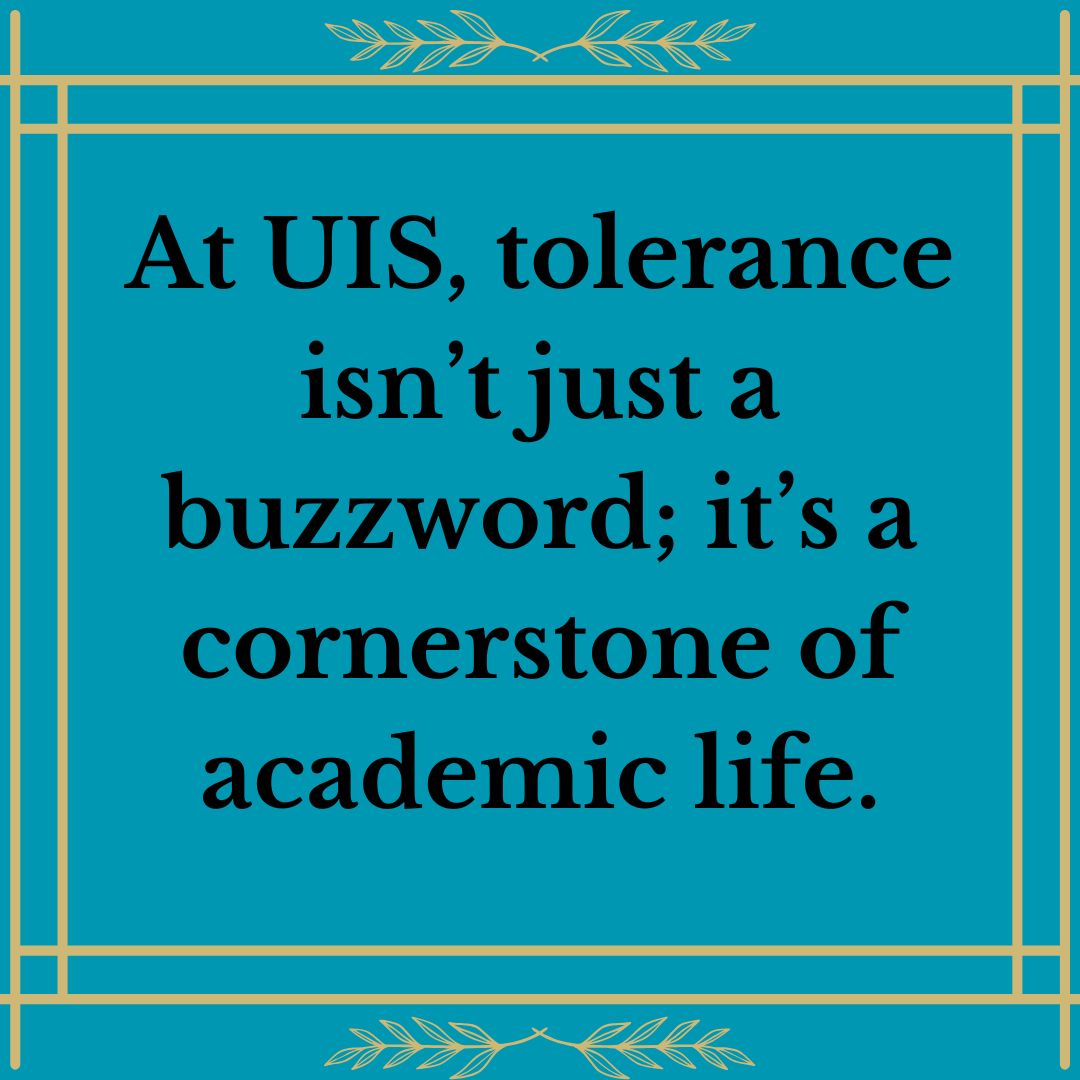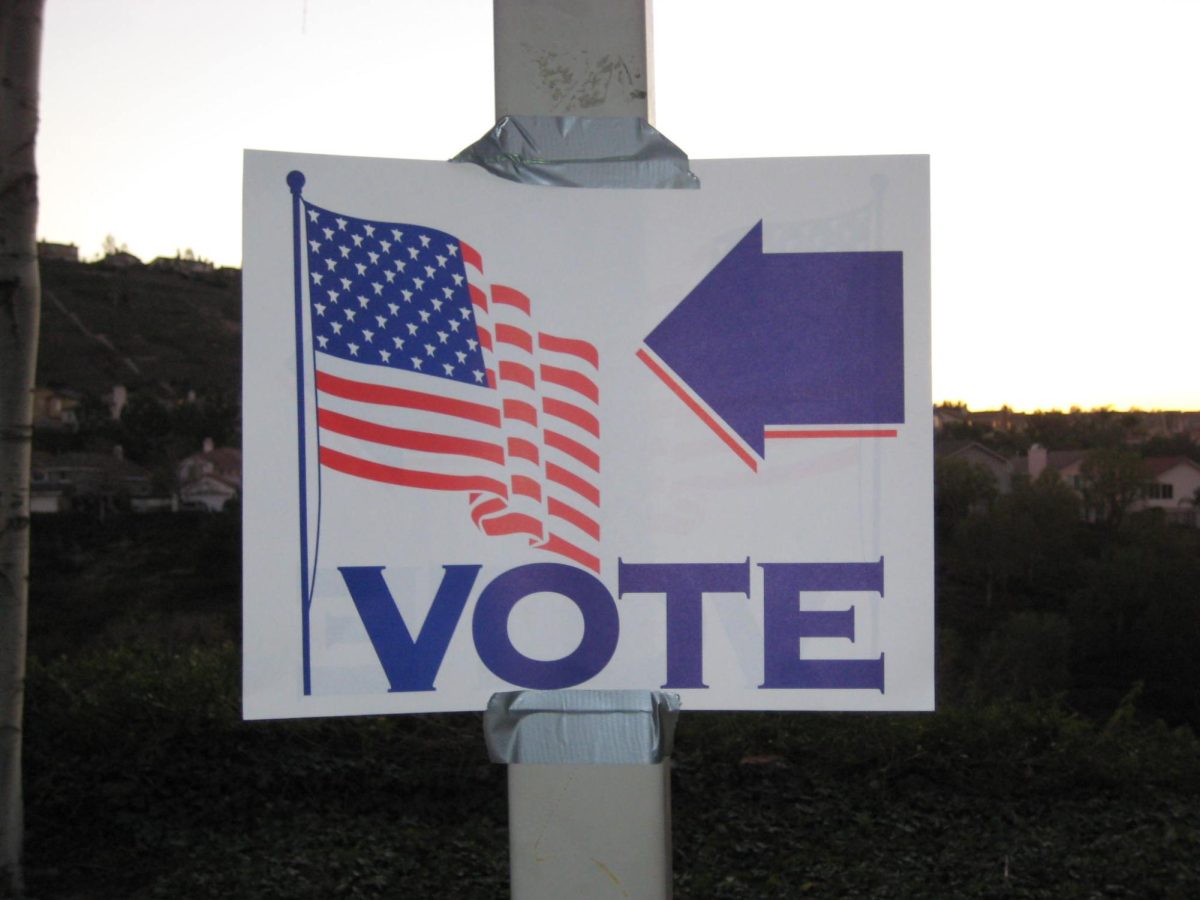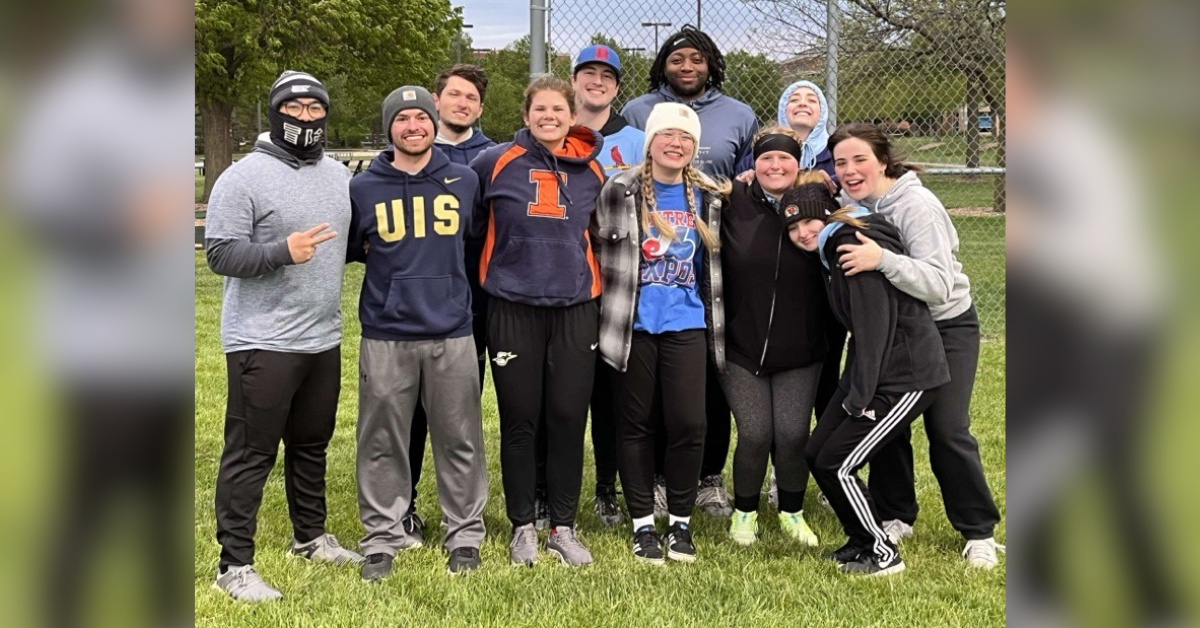Arriving at the airport three hours before a flight, navigating extensive security lines and passing through high-tech scanners have become routine for American travelers. However, before the tragic events of September 11, 2001, these practices were nearly unimaginable. That fateful day changed not only how we travel but also how we live, ushering in an era where safety concerns blend with increasing surveillance.
On the morning of September 11, 2001, 19 terrorists associated with the extremist group al-Qaeda hijacked four commercial airplanes. Two planes were flown into the Twin Towers of the World Trade Center in New York City, causing both towers to collapse within hours. A third plane crashed into the Pentagon in Washington, D.C., while the fourth, United Airlines Flight 93, was brought down in a Pennsylvania field after passengers fought to regain control from the hijackers. In total, nearly 3,000 people lost their lives, and the devastating attacks left the country grappling with the immediate need for heightened security measures to prevent such a tragedy from happening again.
Before 9/11, airports were more relaxed. You could arrive just minutes before your flight, family and friends could accompany you all the way to the gate and boarding required little more than walking through a simple metal detector. No ID was needed to enter airport terminals and carry-on items were subject to minimal scrutiny.
The terrorist attacks radically altered this landscape, leading to sweeping changes in airport security that persist today.
In the immediate aftermath of 9/11, all flights were grounded until September 14. When air travel resumed, only a small fraction of Americans were willing to fly. Despite low passenger numbers, security was immediately tightened, setting the stage for the massive changes that followed. The list of prohibited items on flights, including nail cutters and razors, expanded drastically. Carry-on bags were scrutinized more intensely, pat-downs became routine and long security lines—now an integral part of the travel experience—were born.
In November 2001, President George W. Bush signed the Aviation and Transportation Security Act, establishing the Transportation Security Administration (TSA). This new agency, tasked with overseeing airport security, mandated 100% screening of checked baggage, introduced reinforced cockpit doors, and expanded the Federal Air Marshal Service. The TSA represented just one of many security initiatives born in the post-9/11 era that profoundly transformed American society.
Global threats further influenced U.S. security procedures. In 2006, a thwarted plot to detonate liquid explosives on flights from London to the U.S. led to a sweeping ban on liquids in carry-on luggage. Although the ban was later revised to allow 3.4-ounce containers, the strict screening of liquids became a lasting part of the airport security routine.
Other significant changes followed. In 2008, service dogs were introduced to detect explosives, and by 2010, full-body scanners appeared in airports after a terrorist attempted to smuggle explosives in his underwear. In 2017, additional screening procedures for electronic devices were introduced after intelligence revealed terrorists were developing bombs that could be hidden in laptops.
Today’s air travelers face a gauntlet of security measures: removing shoes, emptying pockets, taking out electronics, and stepping through full-body scanners. For frequent travelers, TSA PreCheck—introduced in 2011—offers some relief for a fee, allowing those who pass background checks to skip certain procedures. However, for many, these layers of security represent not just safety but also an invasion of privacy. Paying for expedited screening, while bypassing procedures deemed essential for others, has drawn criticism for creating a tiered system of privilege within airport security.
Outside of airports, the expansion of security and surveillance is even more pronounced. The TSA now oversees security across other transportation sectors, including passenger trains and buses. Post-9/11, the surveillance of American citizens intensified, particularly targeting private communications. Programs like the NSA’s PRISM and Upstream, revealed by whistleblower Edward Snowden in 2013, exposed the vast scope of government surveillance, often in collaboration with major technology and communication companies.
Critics argue that heightened surveillance disproportionately affects minority communities who have allegedly faced increased discrimination under the guise of national security. This raises pressing questions about whether these measures are protecting citizens or infringing on civil liberties.
While the U.S. has embraced stringent airport security, other countries take a different approach. In Italy, for example, passengers experience more relaxed security procedures, such as keeping their shoes on at checkpoints and avoiding body scanners. These differences highlight the balance other nations have struck between ensuring safety and maintaining privacy.
In the United States, the changes in airport security reflect a broader trend of increased surveillance that extends far beyond air travel. The safety measures initiated after 9/11 have had lasting impacts on how Americans experience not only airports but also broader aspects of public life, including the expanding surveillance of private communications.
In the name of safety, Americans now navigate a world in which their personal lives are often subject to the watchful eye of government agencies. As we commemorate the tragic events of 9/11, it’s worth reflecting on the ways these measures have reshaped our everyday lives, and to what extent we are willing to trade privacy for the promise of safety.








